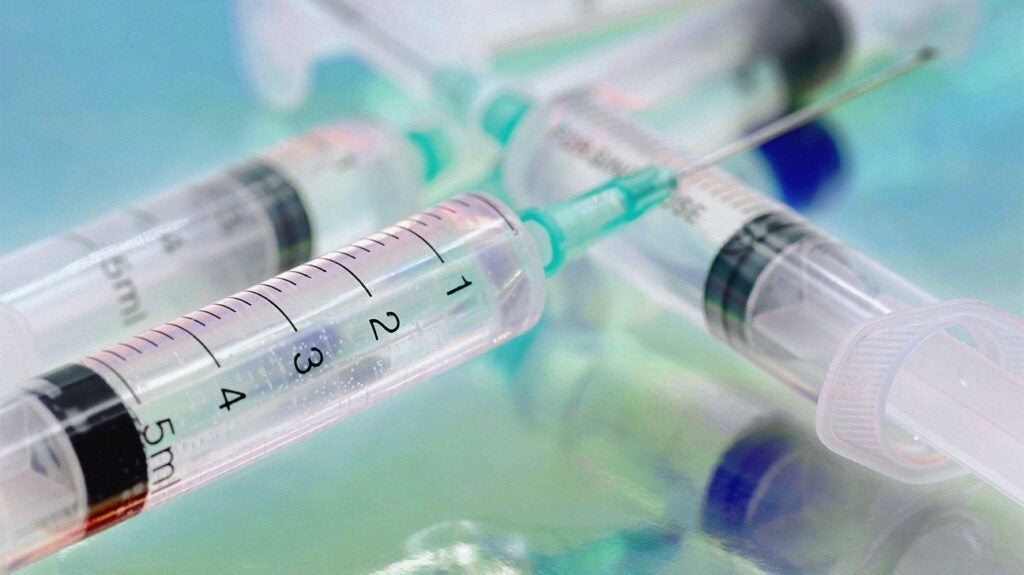Anabolic steroids, synthetic derivatives of the male sex hormone testosterone, have become a controversial subject in sports, medicine, and ethics. Despite being banned by major sports organizations due to their performance-enhancing capabilities and associated health risks, they remain widely used. This blog post examines the nature and usage of anabolic steroids, the mechanisms by which they operate, their side effects, and the philosophical question of whether the risks outweigh the benefits. By analyzing their applications, both licit and illicit, this post aims to provide a comprehensive understanding of anabolic steroids within an educational context.
What Are Anabolic Steroids?
Anabolic steroids, also known as anabolic-androgenic steroids (AAS), are synthetic substances that mimic the effects of testosterone. They promote muscle growth (anabolism) and the development of male characteristics (androgenic effects). These compounds are used in various domains, including bodybuilding, athletics, and even medical treatments. Their appeal lies in their ability to enhance muscle mass, strength, endurance, and recovery time, making them attractive to athletes and fitness enthusiasts seeking an edge (Bhasin et al. 2011).
Mechanisms of Action
Anabolic steroids function by binding to androgen receptors in cells, which then activate specific genes responsible for protein synthesis. This process leads to increased muscle growth, red blood cell production, and nitrogen retention—all factors that contribute to enhanced physical performance. Steroids can be administered orally, injected intramuscularly, or applied as topical gels or creams, depending on the type and purpose of use (Basaria 2013).
Types of Anabolic Steroids
There are various types of anabolic steroids, each designed for specific outcomes. For instance, testosterone esters such as testosterone enanthate and cypionate are commonly used to build muscle mass. Other variants, such as stanozolol and oxandrolone, are popular for cutting cycles due to their ability to reduce body fat while maintaining muscle. Deca-Durabolin (nandrolone) is favored for its joint-healing properties. Each type of steroid carries unique risks and benefits, further complicating their ethical and medical considerations (Hartgens and Kuipers 2004).
Health Risks and Side Effects
The use of anabolic steroids is associated with a plethora of health risks. Physiologically, they can disrupt the endocrine system, leading to testicular atrophy, infertility, gynecomastia (development of breast tissue in men), and severe acne. Cardiovascular complications such as hypertension, elevated cholesterol levels, and an increased risk of heart attack or stroke are also prevalent (Nieschlag and Vorona 2015). Liver damage, particularly with oral steroids, is another significant concern.
Psychologically, steroids can cause mood swings, aggression—commonly referred to as “roid age”—and psychiatric disorders such as depression and paranoia. Long-term use may lead to dependence, exacerbating both the physical and mental health risks (Pope et al. 2000).
Applications in Sports and Medicine
In sports, anabolic steroids are used illicitly to gain an unfair advantage. Athletes in bodybuilding, weightlifting, and endurance sports often resort to these substances to amplify their performance. Despite strict regulations by organizations such as the World Anti-Doping Agency (WADA) and the International Olympic Committee (IOC), their use persists, fueled by the pressure to excel and the allure of success (Mazzeo et al. 2008).
Medically, anabolic steroids are prescribed to treat conditions such as delayed puberty, muscle-wasting diseases like HIV/AIDS, and severe burns. In these contexts, they serve a therapeutic purpose, improving quality of life and promoting recovery (Basaria 2013). The dichotomy between their medical utility and misuse underscores the complexity of their societal impact.
The Philosophical Perspective
From a philosophical standpoint, the use of anabolic steroids raises questions about the ethical balance between benefits and risks. Do the temporary gains in performance and appearance justify the potential for long-term harm? Proponents argue that informed adults should have the autonomy to make decisions about their bodies, including steroid use. Critics, however, emphasize the societal and health costs, such as increased healthcare burdens and the erosion of fair competition. This debate underscores the importance of considering both individual freedoms and collective consequences.
Conclusion
Anabolic steroids occupy a contentious space between medical innovation and ethical dilemma. While they offer undeniable benefits in muscle growth, performance enhancement, and medical treatments, their risks—ranging from severe health complications to psychological disturbances—are profound. The philosophical question of whether the risks outweigh the benefits remains central to this discourse. As society grapples with these challenges, the need for comprehensive education, stricter regulations, and ethical consideration becomes ever more apparent.
Works Cited
Basaria, Shehzad. “Androgen abuse in athletes: Detection and consequences.” The Journal of Clinical Endocrinology & Metabolism, vol. 98, no. 4, 2013, pp. 509-520.
Bhasin, Shalender, et al. “Testosterone dose-response relationships in healthy young men.” American Journal of Physiology-Endocrinology and Metabolism, vol. 281, no. 6, 2011, pp. E1172-E1181.
Hartgens, Fred, and Harm Kuipers. “Effects of androgenic-anabolic steroids in athletes.” Sports Medicine, vol. 34, no. 8, 2004, pp. 513-554.
Mazzeo, Francis, et al. “Doping in sports: Biochemical principles, effects and analysis.” Clinica Chimica Acta, vol. 392, no. 1-2, 2008, pp. 1-14.
Nieschlag, Eberhard, and Ernst Vorona. “Medical consequences of doping with anabolic androgenic steroids: Effects on reproductive functions.” Molecular and Cellular Endocrinology, vol. 464, 2015, pp. 58-66.
Pope, Harrison G., et al. “Psychiatric and medical effects of anabolic-androgenic steroid use.” Archives of General Psychiatry, vol. 57, no. 4, 2000, pp. 333-340.
